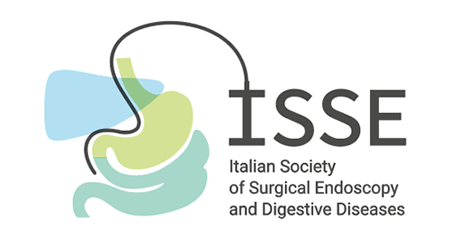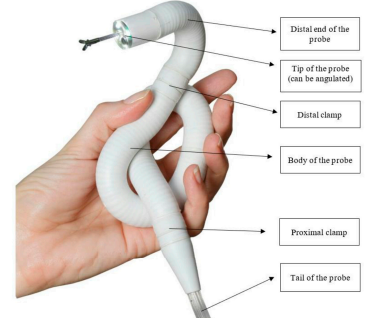Robotic Colonoscopy and Beyond: Insights into Modern Lower Gastrointestinal Endoscopy
AUTORI
Emanuele Tumino, Pierfrancesco Visaggi, Valeria Bolognesi, Linda Ceccarelli, Christian Lambiase, Sergio Coda, Purushothaman Premchand, Massimo Bellini, Nicola de Bortoli, Emanuele Marciano
ABSTRACT
Lower gastrointestinal endoscopy is considered the gold standard for the diagnosis and removal of colonic polyps. Delays in colonoscopy following a positive fecal immunochemical test increase the likelihood of advanced adenomas and colorectal cancer (CRC) occurrence. However, patients may refuse to undergo conventional colonoscopy (CC) due to fear of possible risks and pain or discomfort. In this regard, patients undergoing CC frequently require sedation to better tolerate the procedure, increasing the risk of deep sedation or other complications related to sedation. Accordingly, the use of CC as a first-line screening strategy for CRC is hampered by patients’ reluctance due to its invasiveness and anxiety about possible discomfort. To overcome the limitations of CC and improve patients’ compliance, several studies have investigated the use of robotic colonoscopy (RC) both in experimental models and in vivo. Self-propelling robotic colonoscopes have proven to be promising thanks to their peculiar dexterity and adaptability to the shape of the lower gastrointestinal tract, allowing a virtually painless examination of the colon. In some instances, when alternatives to CC and RC are required, barium enema (BE), computed tomographic colonography (CTC), and colon capsule endoscopy (CCE) may be options. However, BE and CTC are limited by the need for subsequent investigations whenever suspicious lesions are found. In this narrative review, we discussed the current clinical applications of RC, CTC, and CCE, as well as the advantages and disadvantages of different endoscopic procedures, with a particular focus on RC.
Tumino E, Visaggi P, Bolognesi V, et al. Robotic Colonoscopy and Beyond: Insights into Modern Lower Gastrointestinal Endoscopy. Diagnostics 2023, 13(14), 2452.
SCARICA QUESTO ARTICOLO IN PDF

